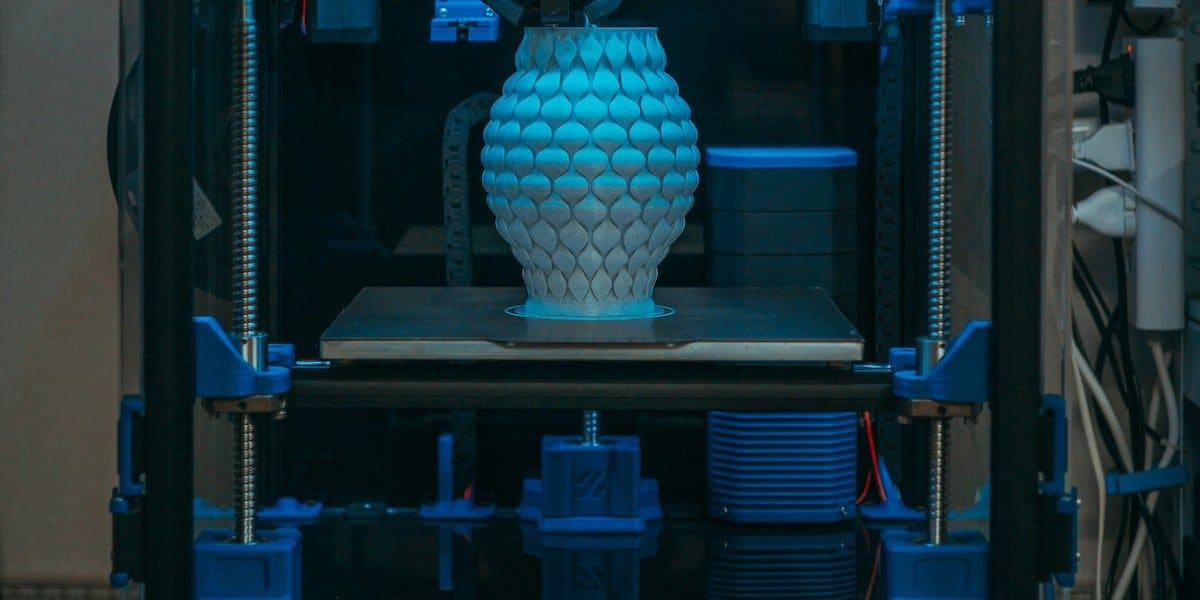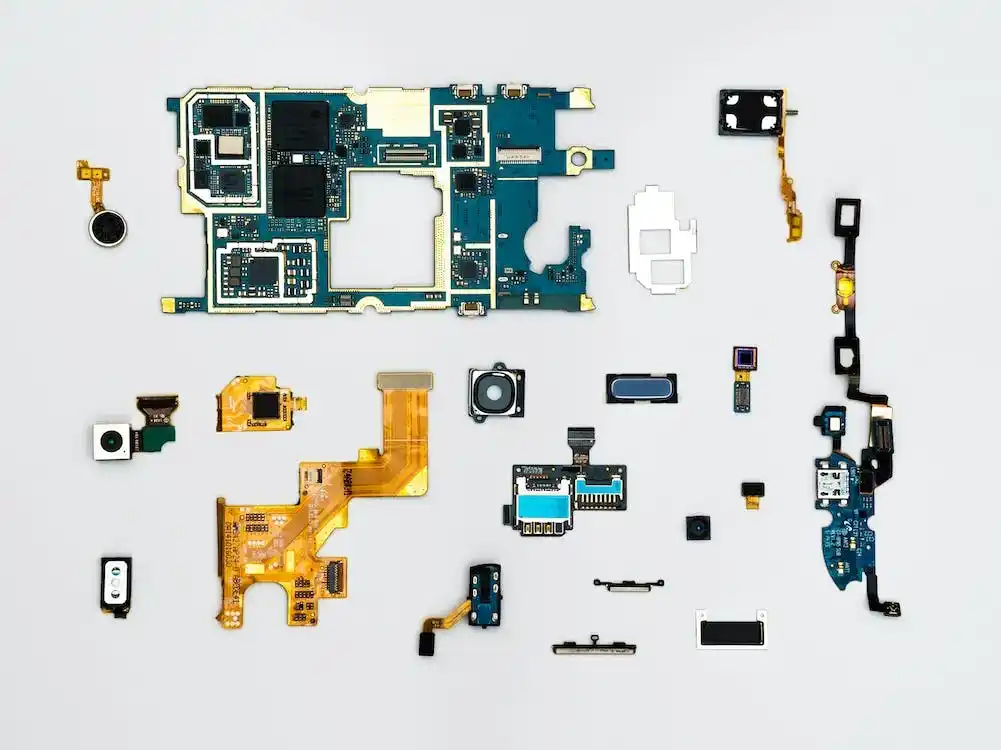This article explores the evolution of smartphones, from the early days of mobile phones to the modern-day smartphones that we use today. It covers the key milestones in the development of smartphones, such as the introduction of touch screens, mobile apps, and advanced camera technology. The article also examines how smartphones have changed the way we communicate, work, and consume media, and discusses the impact of smartphones on various industries, such as e-commerce and mobile gaming. Additionally, the article offers insights into the future of smartphones and emerging trends in mobile technology, such as foldable screens and 5G connectivity.
Early Days of Mobile Phones
The first mobile phones were introduced in the 1980s and were large, expensive, and had limited functionality. They were primarily used for making calls and were not widely adopted due to their high cost and limited network coverage. However, with the advancement in technology, mobile phones became smaller, cheaper, and more widely available in the 1990s. The introduction of text messaging and basic internet connectivity further increased their popularity.
Smartphones: The Game-Changer
The real game-changer in the mobile phone industry was the introduction of smartphones. The first smartphones were introduced in the early 2000s and combined the functionality of a personal digital assistant (PDA) and a mobile phone. They offered advanced features such as email, web browsing, and multimedia capabilities. The introduction of the iPhone in 2007 revolutionized the smartphone industry and set a new standard for design and functionality. The iPhone was the first smartphone to have a large touchscreen display, a full web browser, and a user-friendly interface.
Today, cell phones have turned into an essential piece of our regular routines. They have evolved to offer a wide range of features such as high-quality cameras, powerful processors, biometric sensors, artificial intelligence, and much more. With the advent of 5G technology, smartphones have become even more powerful and have opened up new possibilities for virtual and augmented reality.
The Future of Smartphones
The future of smartphones looks promising, with new technologies such as foldable displays, flexible batteries, and advanced biometric sensors being developed. These new technologies will enable smartphones to become even more versatile and powerful than they are today. Additionally, the introduction of 6G technology in the future will enable faster and more reliable connectivity, paving the way for new applications and use cases.
In conclusion, the evolution of smartphones has been remarkable, with these devices becoming an essential part of our daily lives. From basic mobile phones to advanced smartphones, these devices have come a long way in terms of design, functionality, and features. With the continuous development of new technologies, smartphones are poised to become even more powerful and versatile in the future.
Best Articles
Read About Smartphone
















1 Comment